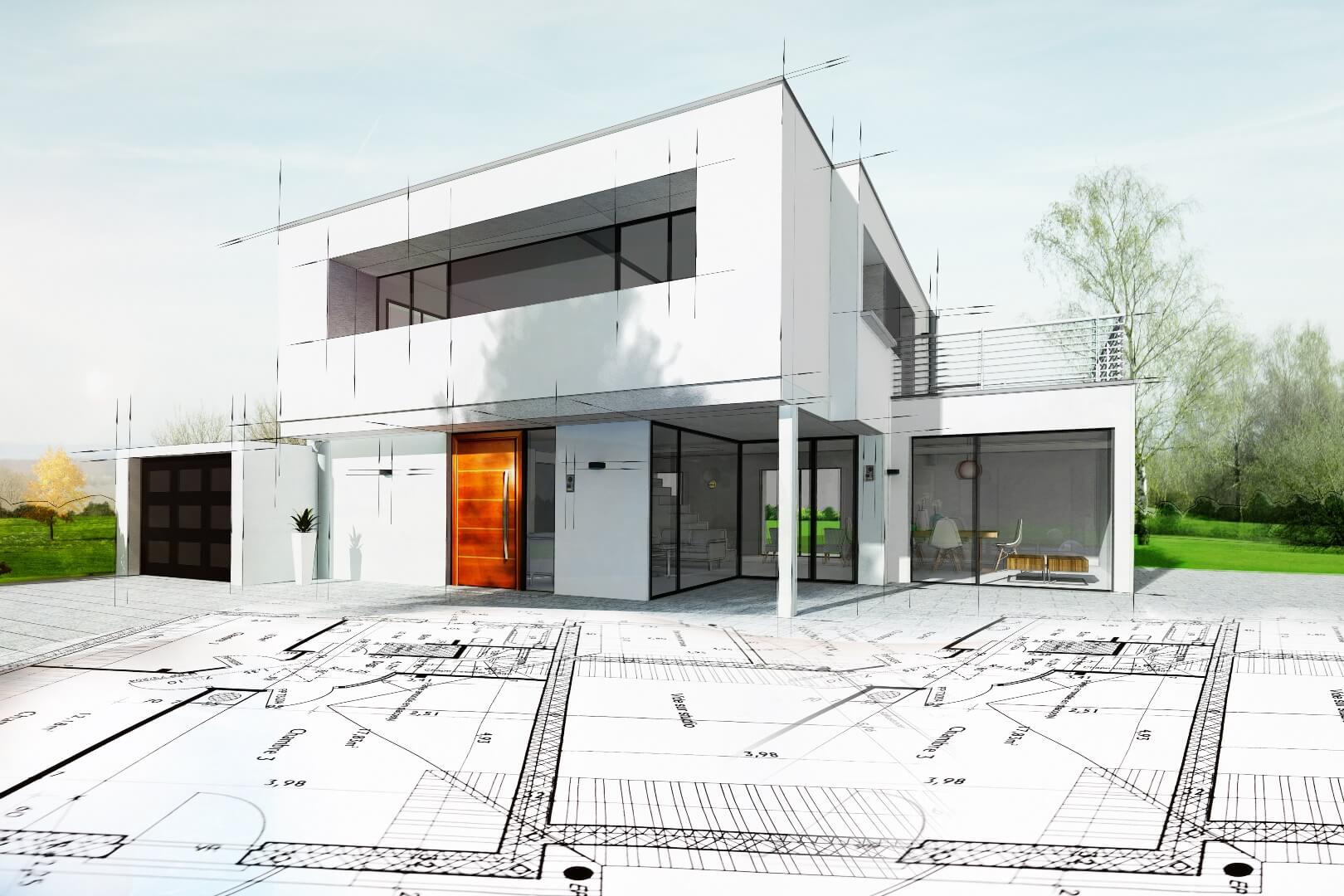Constructing a new home is an stimulating journey packed with a variety of decisions and considerations. As more people understand the impact of their choices on the environment, integrating eco-friendly features into new home construction has attained significant importance. These features not only promote sustainability but can also lead to lasting savings and a healthier living environment for you and your family.

In this write-up, we will investigate various eco-friendly features to think about during the construction of your new home. Including energy-efficient design and smart home technology to the choice of sustainable materials, these components can enhance the overall appeal and functionality of your home while helping the planet. Whether you are envisioning your dream house or reviewing options, adding these eco-friendly features can make a significant difference.
Building Schedule and Planning
When embarking on the task of building a modern home, establishing a clear timeline is crucial for a successful project. The planning phase generally includes outlining the design, picking materials, and acquiring necessary permits. This framework lays the infrastructure for the entire project and helps guarantee that the project keeps on schedule. Engaging with architects and builders at the outset can facilitate a more seamless coordination process, helping you to foresee hurdles that may happen.
Once the initial preparation is complete, the next step is to develop a detailed construction timeline. This timeline details key milestones, from commencing construction to the completion check, allowing you to track advancements and manage resources appropriately. Understanding how long the construction process takes can differ based on several factors, such as weather conditions and the intricacy of your design. It's beneficial to maintain open lines of communication with your contractor and keep aware about any potential hindrances that could impact your schedule.
Finally, as your project progresses, regular assessments of the timeline can assist you to adjust to any unforeseen shifts. Factors such as labor availability and material delays can cause changes in the schedule, so flexibility is key. By maintaining a dynamic approach to preparation and reviewing your timeline, you can make sure that your new home is built effectively, lessening stress and maximizing satisfaction as you get nearer to your completion date.
Materials and Design Choices
When constructing a fresh home, the choices you make regarding components and layout are crucial in achieving an eco-friendly construction. Sustainable components, such as bamboo flooring, recycled metal roofs, and reclaimed wood, not only minimize environmental effects but also provide unique aesthetics. Choosing components with low VOCs can significantly enhance indoor air quality, making your home healthier. Additionally, adding energy-efficient windows and insulation resources can lower heating and cooling costs, leading to a more sustainable living space in the long run.
Styling selections also play a crucial role in enhancing the eco-friendliness of your new home. Choosing for an open floor plan can maximize natural light and ventilation, lessening reliance on artificial lighting and climate control. Furthermore, integrating passive solar design principles will allow the home to effectively use sunlight for heating effectively, minimizing energy consumption. These styling strategies not only encourage sustainability but also create a more inviting and comfortable home environment.
Finally, consideration of outdoor elements is equally crucial when choosing materials and styling. Sustainable landscaping, such as xeriscaping or using native plants, can significantly decrease water usage. Additionally, putting in permeable paving for driveways and walkways allows rainwater to be absorbed into the ground, reducing runoff and erosion. When choosing exterior materials, consider options that are long-lasting and require minimal maintenance, as this can minimize waste and prolong the durability of your home. By thoughtfully evaluating both materials and design selections, you can create a new home that is both trendy and eco-conscious. spintax ### Financing and Budgeting Tips
When planning the financial aspects of building a new home, it is essential to create a detailed budget that accounts for all possible costs. In addition to just the construction expenses, include land acquisition, permits, and utility connections. https://canvas.instructure.com/eportfolios/3548607/entries/13062045 is also important to account for surprise costs that may arise during construction, which can be mitigated by designating a contingency fund. Thorough planning and practical budgeting can help you avoid monetary stress.
Choosing the appropriate financing option is important in ensuring the seamless execution of your project. Investigate various loan types, such as construction loans or traditional mortgages, and understand the terms associated with each. Working closely with financial advisor or mortgage broker can provide guidance into the ideal options open for your specific situation. Comparing interest rates and understanding the implications of change orders on your finances will also play a significant role in your budgeting process.
Lastly, always review your budget throughout the construction process. As you make choices about materials, upgrades, and finishes, keep track of your spending and how it aligns with your initial estimates. This ongoing evaluation will help you maintain financial control and make informed decisions if adjustments are required. Emphasizing communication with your builder about budgeting can confirm that all parties are on the same page as you make progress towards your dream home.
